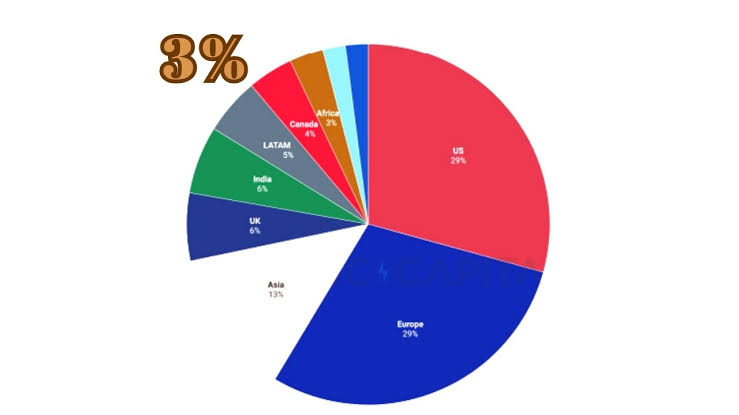
EXPLAINER | How Protocols for Liquid Staking Have Revolutionized Staking for All
In the past, setting up a personal node required a large initial investment, usually in the tens of thousands of dollars, in order to engage in staking.
This procedure has been transformed by liquid staking, which enables users to stake any amount—regardless of how little. By allowing anyone, regardless of financial capacity, to earn sizable yields in decentralized finance (DeFi) networks by locking their tokens into staking ecosystems, this inclusivity greatly expands participation in the blockchain ecosystem.
Risk Transfer to the Protocol
Users in a delegated proof of stake system have the option to select a validator node that they believe to be reliable in order to minimize the possibility of penalties resulting from dishonest node behavior, also known as “slashing.” Individual research on delegated nodes can be difficult to conduct, though.
This procedure is made simpler by liquid staking, which shifts all node-slashing risks to the selected protocol. In essence, users are relieved of this possible financial burden if a protocol-selected node experiences slashing because the protocol bears the responsibility for compensating for the loss.
Some of the most mentioned protocols include:
- Lido on Ethereum
- Marinade on Solana
- Ankr on Binance SmartChain
The following are the benefits that such protocols introduce to the market:
Instant Access to Liquidity Solutions
Users who use liquid staking can make use of their staked cryptocurrency while preserving its liquidity. Because of this flexibility, there are chances to participate in different decentralized finance (DeFi) lending strategies and earn additional yield. These tactics cover a broad spectrum of operations, such as yield farming, lending assets to vaults and protocols, and liquidity mining.
Derisking Impermanence
By using liquid staking, you can take advantage of different DeFi strategies, like lending and liquidity mining, and earn additional yield without having to worry about the transient losses that come with traditional liquidity pool lending. When the value of the assets in a liquidity pool shifts in comparison to holding those assets outside the pool, impermanent loss happens.
Absence of Technical Obstacles to Ingress
There is an easy way to avoid the hassle of setting up validator nodes: liquid staking. It’s not complicated programming at all; it’s just a matter of exchanging assets for liquid tokens. Staking BNB is as simple as exchanging it for aBNBb tokens, as demonstrated by ANKR, which simplifies the staking procedure.
Decentralization
Most protocols choose reliable nodes for you as well as manage validator node operations on your behalf. By dispersing power among many nodes, this decentralizes the network and reduces the possibility that a single, centralized entity will influence transactions or plan a possible 51% attack.
In conclusion, liquid staking is a low-risk, moderate-reward DeFi investment strategy. It differs from other yield-earning strategies in that it is less complicated, requires no technical know-how, and carries no risk of temporary loss.
Investors can start with any amount they choose to invest and receive rewards right away. Rewards typically range from 4 to 10%, offering a dependable and low-risk way to earn extra rewards for strengthening a chain’s security on the network of choice.


